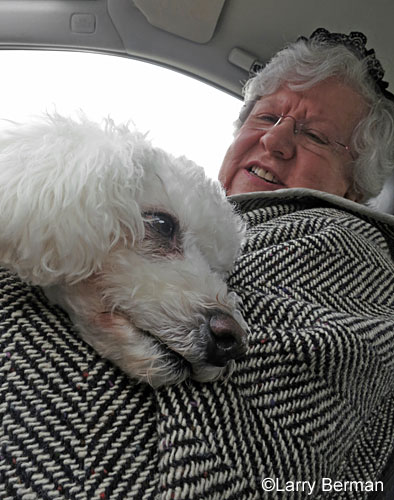Point and Shoot Cameras
With the growing use of smart phones for photography, including my own, here I am writing about purchasing yet another point and shoot camera. Though the use of cell phones for photography has grown enormously in recent years, it’s astonishing that Canon has 35 different point and shoot cameras available, some in multiple colors, and Nikon has 23 different point and shoot cameras available. I wonder when (or if) we’ll see a Nikon or Canon cell phone. Nikon already has a camera with the Android operating system built in.
For the past two years I’ve been using the Canon s90 as a carry everywhere point and shoot camera. I’ve kept it in the same small shoulder bag that I use to carry my iPad. The s90 is a small camera but has the same image quality as the Canon G10 because they share the same sensor. In fact, for the past two years, if asked which point and shoot camera I recommend, it’s been the s90 either new or refurbished. Preferring wide angle lenses, I was originally attracted to the s90 because the lens started at 28mm.
The s90 has been upgraded three times, to the s95, s100 and s110. Though the s100 has slightly improved image quality over the s90, which was excellent for a point and shoot, it wasn’t the real reason for my purchase, though I do get bored with point and shoot cameras and like to upgrade every year or two. It’s the wider angle lens starting at 24mm, and being a year old, the cheaper price compared to the newer s110. I will say this thought; it’s probably the last small sensor point and shoot camera I’ll be purchasing because the camera manufacturers are starting to put larger sensors in their small format cameras, giving them better image quality but at a higher price. But for now it’s a trade off because the smaller camera at a good price is what interests me.
Why multiple point and shoot cameras
Besides a carry everywhere camera, I use small compact cameras to shoot booth pictures at the art shows I attend. And since I believe in redundancy, I also carry a backup, even when shooting with a DSLR. When shooting a booth picture on location I always shoot it with two different cameras. This has saved me a few times, like when I had flare in the pictures that wasn’t visible on the small LCD screen of the camera. Fortunately I had used two different cameras and the flare was not in the images from the other camera.
My booth picture kit
I carry two point and shoot cameras, a tripod, reflector to shade the lens, business cards and an iPad to show artists a portfolio of my artwork photography and image improvements. All of this fits in a Think Tank Photo Shape Shifter backpack that compresses or expands depending on how much room you need. When artists come to my house and set their booth up for me to photograph, I don’t need a backup because I view the images on the computer while the booth is still set up.
24mm is a wider angle lens
24mm is my favorite wide angle point and shoot camera lens. I have fond memories of the Nikon CoolPix 8400. Released in 2004, it had a 24mm to 85mm lens in a titanium body. I even had a second CoolPix 8400 converted to shoot infrared. I’ve owned the Canon s100 less than a week and have already taken a few pictures that would have never worked without the 24mm lens. For example the picture of Xena in the voting booth on election day or this picture of my Mother in Law with Xena I shot while driving.
I’ll end with this (lack of) recommendation. The camera may be fine for photographing larger art if set up and used properly, as in low ISO, mid zoom and using a tripod. But the macro setting is only available at the wide end of the zoom so it’s worthless for photographing small objects or jewelry.
Make sure to read my article on how to set your digital camera to photograph art. It’s appropriate for both point and shoot cameras and DSLR’s.
And there’s a good article on the web on what changes in settings to make from the factory default.



